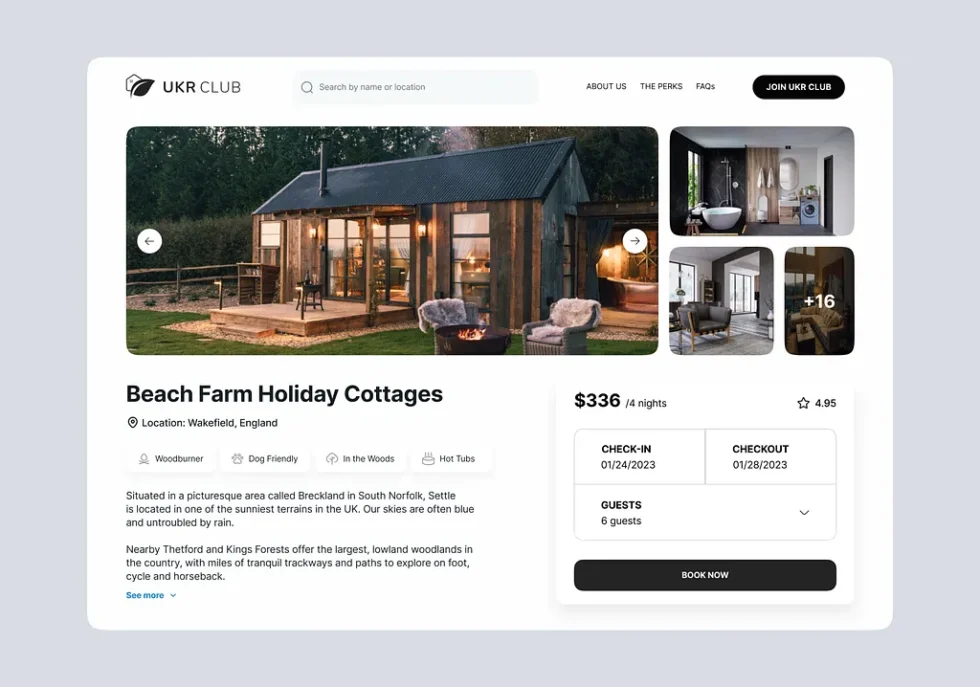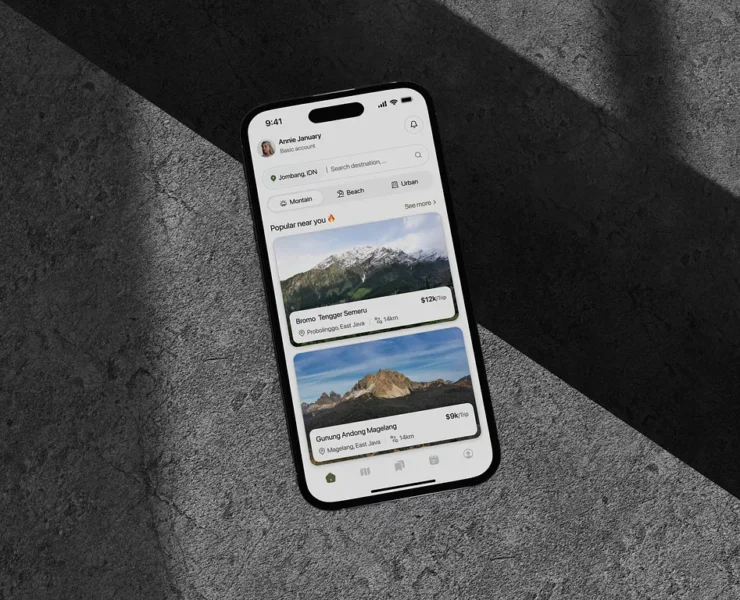How to Get Your First Buyers and Sellers (Fast)
Every marketplace founder faces the impossible paradox: you need buyers to attract sellers, and sellers to attract buyers. This is the infamous chicken-and-egg problem, and if you don’t solve it, your marketplace dies before it even starts.
Here’s the brutal truth—most marketplace startups fail because they don’t solve this problem fast enough. They spend months (or years) waiting for both sides to magically show up instead of strategically engineering their growth. Let’s break down exactly how to get your first users and build unstoppable momentum.
Step 1: Start With the Harder Side First
One side of your marketplace will always be harder to attract. Figure out which one it is, and focus on it first.
- If your marketplace is supply-constrained (e.g., Airbnb, Uber, Fiverr), you need sellers first. Buyers won’t come unless there’s something to buy.
- If your marketplace is demand-constrained (e.g., job boards, ticket sales), focus on buyers first. Sellers will flock to where the money is.
Pro Tip: In most cases, getting high-quality suppliers first is the better move. Suppliers care about monetization, while buyers just need a good deal. Once you have reliable supply, you can use aggressive promotions and marketing to pull in buyers.
Example: Airbnb didn’t wait for travelers to show up. They physically knocked on hosts’ doors, took professional photos of their listings, and built supply first. Only then did travelers start booking.
Step 2: Make One Side Unbelievably Easy to Join
Don’t ask people to “sign up” or “create a profile” when your marketplace has no users. Instead, remove friction and make onboarding effortless.
For Sellers:
- Manually add initial listings (even if you have to scrape public data).
- Offer concierge onboarding (personally help them set up their profiles).
- Pay them or guarantee early leads (if needed, subsidize their first transactions).
For Buyers:
- Pre-fill listings with suppliers, even if they aren’t active yet.
- Fake supply early on (think of how Uber paid drivers to wait for riders in new cities).
- Offer extreme discounts to drive demand.
Example: OpenTable solved its chicken-and-egg problem by offering restaurants free booking software, which was valuable even before diners arrived. This got restaurants on board first, making it easy to attract diners later.
Step 3: Do Things That Don’t Scale (At First)
Marketplaces need hustle and manual effort in the early days. If you think you can automate everything from day one, you’ll fail.
- Manually invite users (LinkedIn grew by scraping email contacts and sending invites).
- Post listings yourself (Etsy sellers were manually recruited at craft fairs).
- Pretend to be the marketplace yourself (early Craigslist sellers were sometimes company employees posting fake jobs and rentals to create perceived activity).
Pro Tip: A “cold-start marketplace” requires you to be the first user. If you’re building a freelancer platform, hire and post your own gigs. If it’s a home rental site, list your own property first.
Step 4: Leverage Existing Communities
No one is going to magically find your empty marketplace. Go to where your users already are.
- Find your suppliers on LinkedIn, Reddit, or industry forums.
- Join Facebook groups or Slack channels where your buyers hang out.
- Leverage influencers or bloggers who already have trust in your niche.
Example: Etsy didn’t advertise to random people—they went straight to crafting forums and recruited sellers from existing online communities.
Step 5: Keep the First Users Hooked
Getting your first users is hard—keeping them is even harder. If the experience sucks, they’ll leave before you ever reach critical mass.
- Limit early access – Make early adopters feel special (think Clubhouse’s invite-only model).
- Over-deliver on service – Go above and beyond to make sure early users succeed.
- Create incentives to stay – Offer rewards, referral bonuses, or exclusive tools.
Example: Uber kept its first drivers happy by guaranteeing high hourly earnings—even if there were no riders yet. This made sure drivers stuck around long enough for demand to catch up.
Final Takeaway: Pick a Strategy and Commit
The biggest mistake marketplace founders make is waiting for things to happen instead of forcing momentum. If you don’t aggressively engineer supply or demand in the first 6 months, you’re not building a marketplace—you’re building a ghost town.
So what’s your move? Pick a side, get scrappy, and make it happen.




